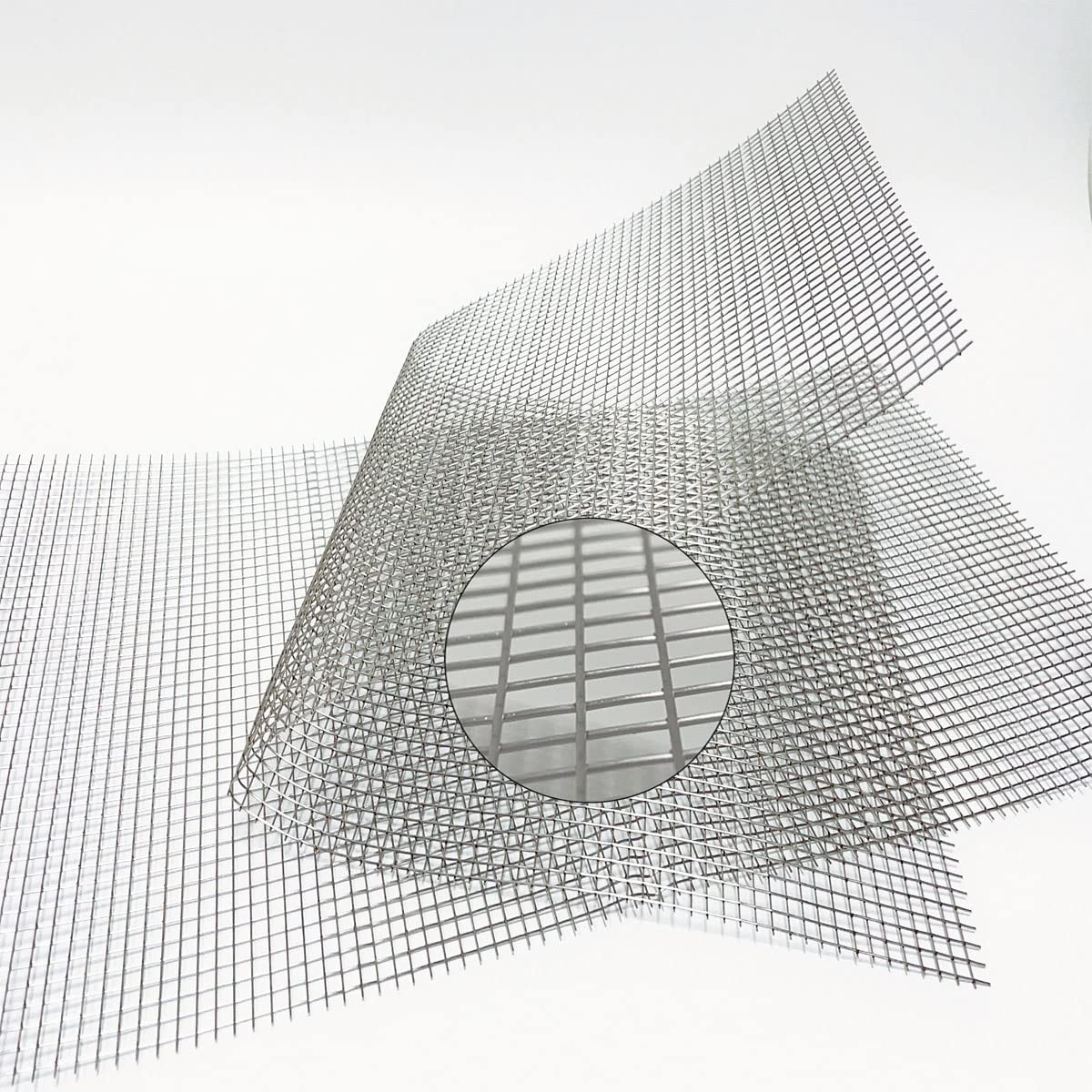The weaving method used to make cotton mesh plays a vital role in determining its strength, durability, and overall quality.
One of the most common weaving methods used to make cotton mesh is plain weave. The method involves interweaving weft and warp yarns in a simple up-and-down pattern, creating a tight and uniform mesh. Plain weave cotton mesh is known for its balanced strength and flexibility, making it suitable for a wide range of uses, including clothing, luggage and curtains.
Another popular weave method for cotton mesh is twill weave. This method involves weft yarns being woven over and under multiple warp yarns in a diagonal pattern, creating a unique diagonal ribbing effect on the fabric. Twill cotton mesh is known for its durability and wrinkle resistance, making it ideal for heavy-duty applications such as upholstery, industrial filters, and outdoor gear.
In addition to plain and twill weaves, cotton mesh can also be made using other weaving methods such as satin weave, plain weave, and leno weave. Each of these methods produces a unique mesh structure with specific characteristics and properties, providing a wide range of options for different applications.
The choice of cotton mesh weaving method depends on the intended use of the fabric and the desired properties such as breathability, strength and texture. Whether creating lightweight, breathable garments or strong, durable industrial materials, the weaving method used to create cotton mesh plays a vital role in determining its performance and suitability for various applications.
Post time: Jul-02-2024

